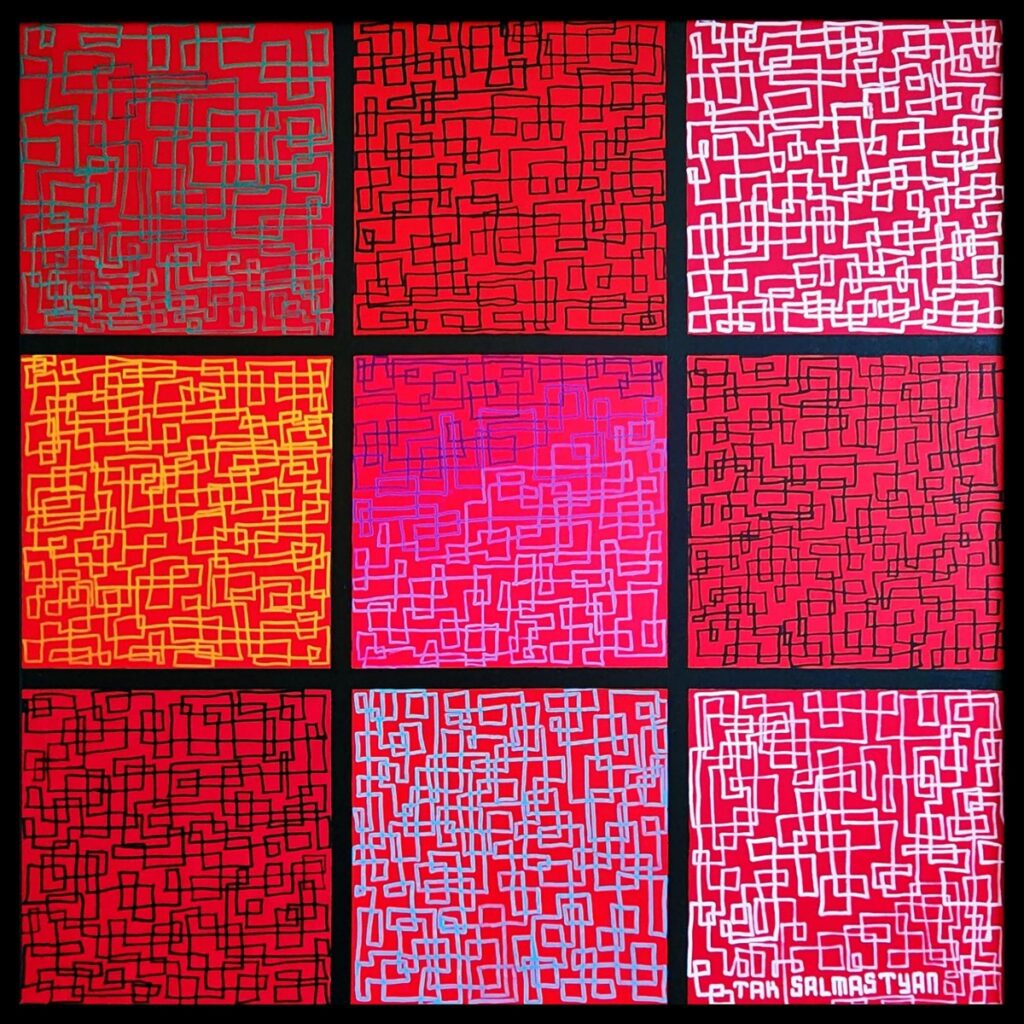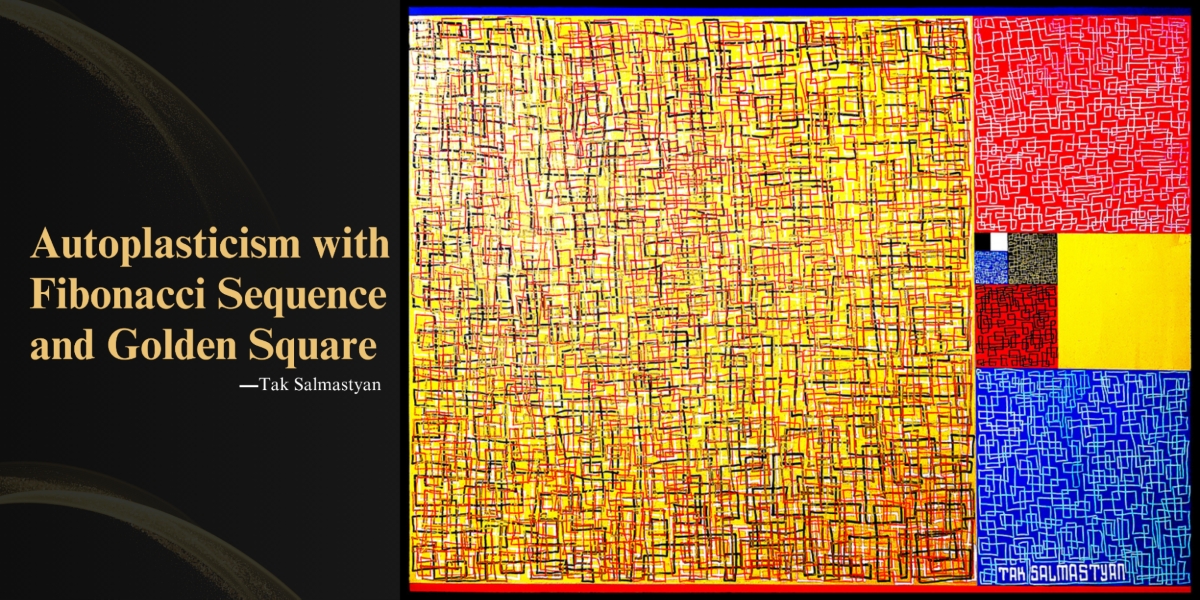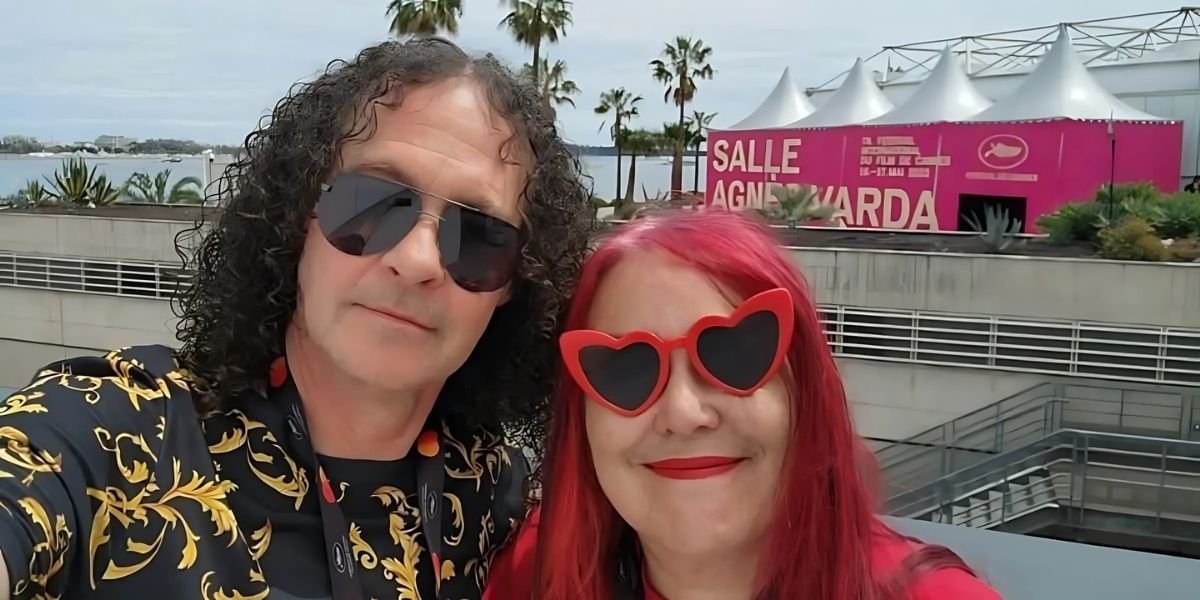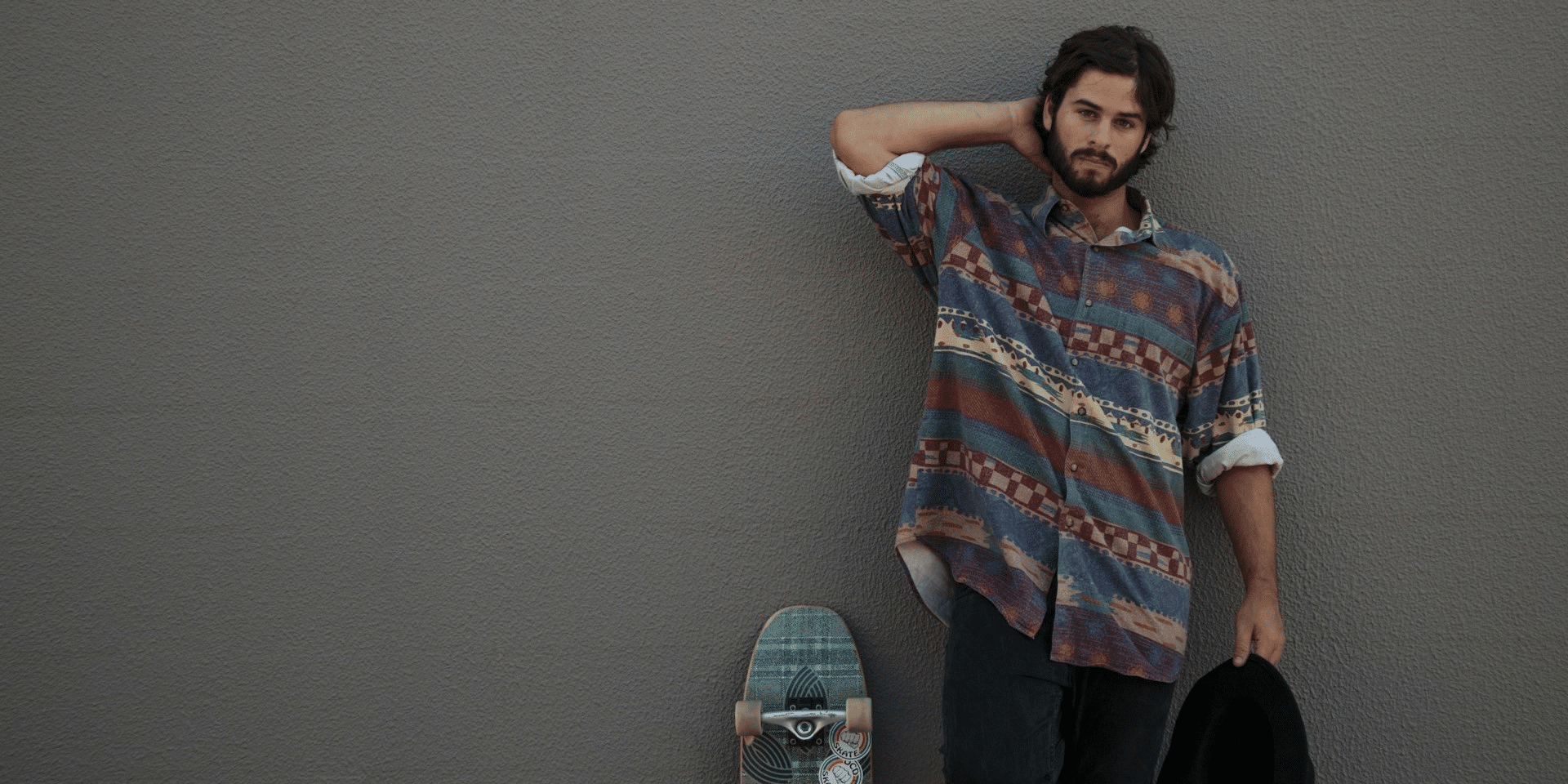By: Zach Miller
How artfully can one balance emotions and logic? Few artists seem to do so, and Tak Salmastyan, the pioneer of the unique art style Auto Plasticism (a combination of Neo-Plasticism and Automatism), is leading this field. This fresh painting style, or rather, ideology, fuses the precision of mathematics with the fluidity of imagination.
Born in 1963 in Armenia during the Soviet era, Salmastyan’s early life was steeped in cultural richness and scientific curiosity. After moving to Los Angeles in 1990, he cultivated his innate creativity and honed his talents while staying engaged in artistic exploration. Over the years, Salmastyan has earned a solid reputation as an educator, inspiring countless students with his dynamic teaching style and unique outlook on creativity.
A foundational aspect of Tak’s artistic oeuvre is his pioneering of Autoplasticism, a distinctive style that merges Neo-Plasticism and Automatism. Neo-Plasticism, rooted in rigid geometric forms, and Automatism, a free-flowing method driven by subconscious impulses, form the foundation of this technique. Yet, Salmastyan’s innovation includes mathematical principles such as the Golden Ratio and the Fibonacci Sequence. These elements create a balance in his compositions that feels both structured and organic.

Photo Courtesy: Tak Salmastyan (Autoplasticism, Koobik-Roobik, Composition #2)
Autoplasticism is not just a method but a philosophy. Its rules are clear: only geometric shapes are allowed, strictly adhering to horizontal and vertical lines. The final layer must also be applied in horizontal and vertical lines with similar hand movements. The minimal palette relies on primary colors (red, blue, yellow), black, white, and grey values. Despite these restrictions, the result is anything but limited. Salmastyan’s paintings radiate vibrancy, drawing viewers into a world where logic and emotion coexist.
In his manifesto, Salmastyan embraces a playful and profound persona by declaring himself “The King of Spiritual Hooligans,” a title he derives by combining his name Takvor, which translates to “The King” and the title “Spiritual Hooligan” given to him by his close friend, an art collector. He refers to himself with this title for the first time in his book, “Windows to Freedom; Tak Salmastyan Paintings.”
Salmastyan’s dedication to his craft extends beyond his studio. He taught at The Art Institute of California for nearly two decades, inspiring students to think critically and push boundaries. Tak refers to his students as “investments for society.” His friend (a fellow professor) and the Dean told him, “Tak, your reputation precedes you – all students want to be like you.” Slamastyan shares that his students call him Doc Tak, “which always makes me smile.”
Through his work, Salmastyan redefines the boundaries of abstract art. Auto Plasticism is not merely a style but a reflection of his identity, Armenian heritage, scientific training, and boundless imagination. His art invites us to explore the geometry of our emotions, proving that creativity thrives within the balance of order and chaos.
In every painting, Salmastyan captures a world where rules guide, but imagination reigns supreme. Autoplasticism, along with being an artistic invention, is a movement that challenges us to see beyond the surface and embrace the complexity of feeling and form.
Published by Tom W.








